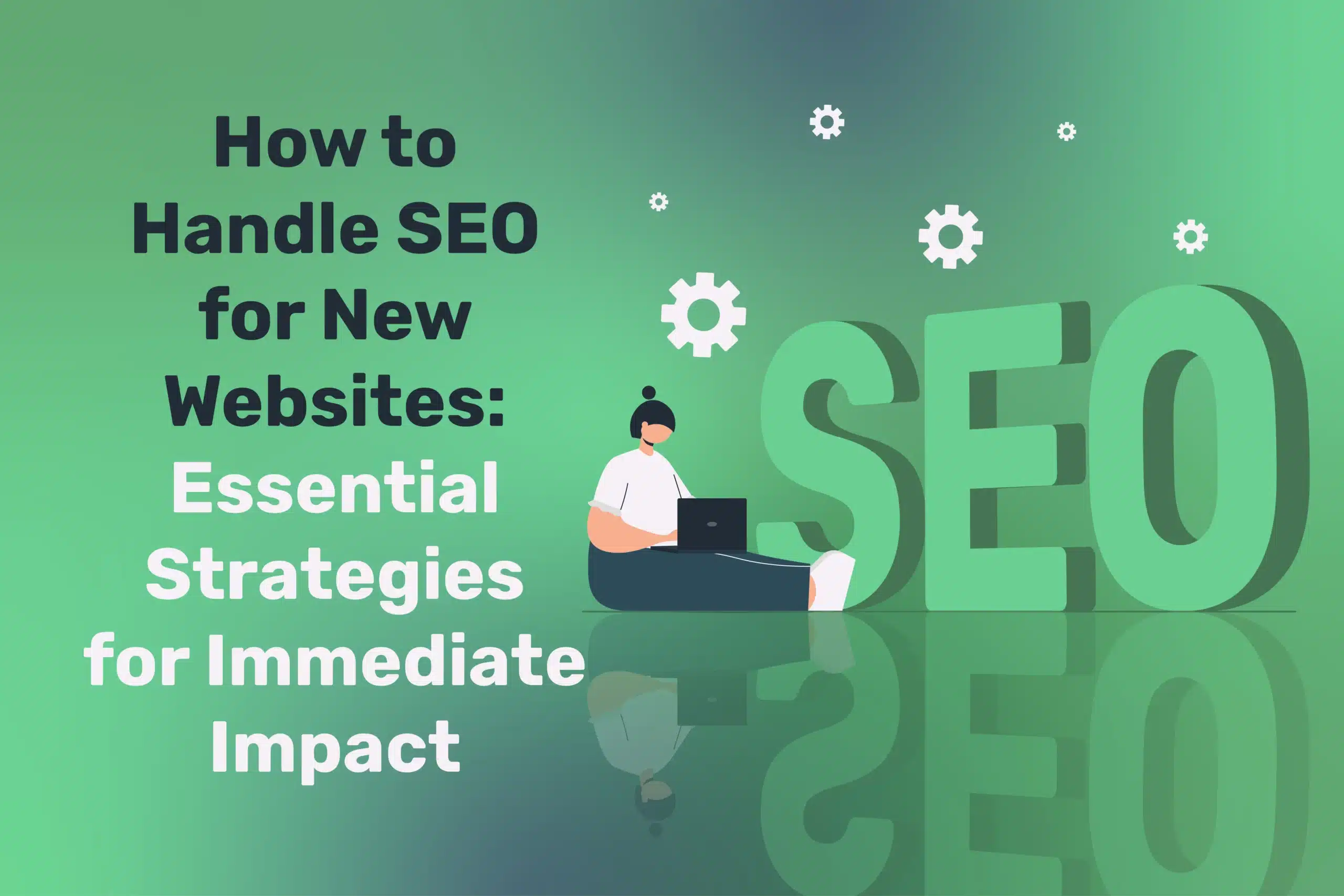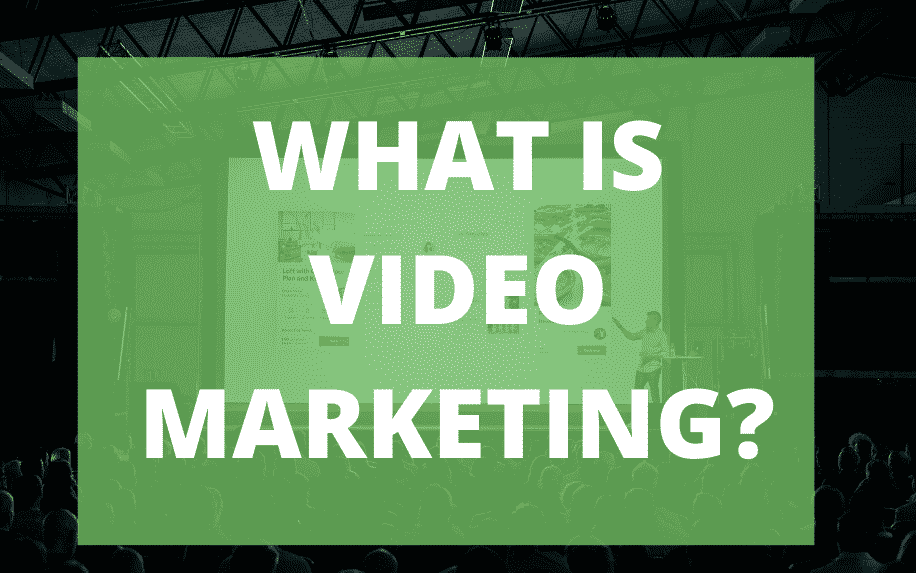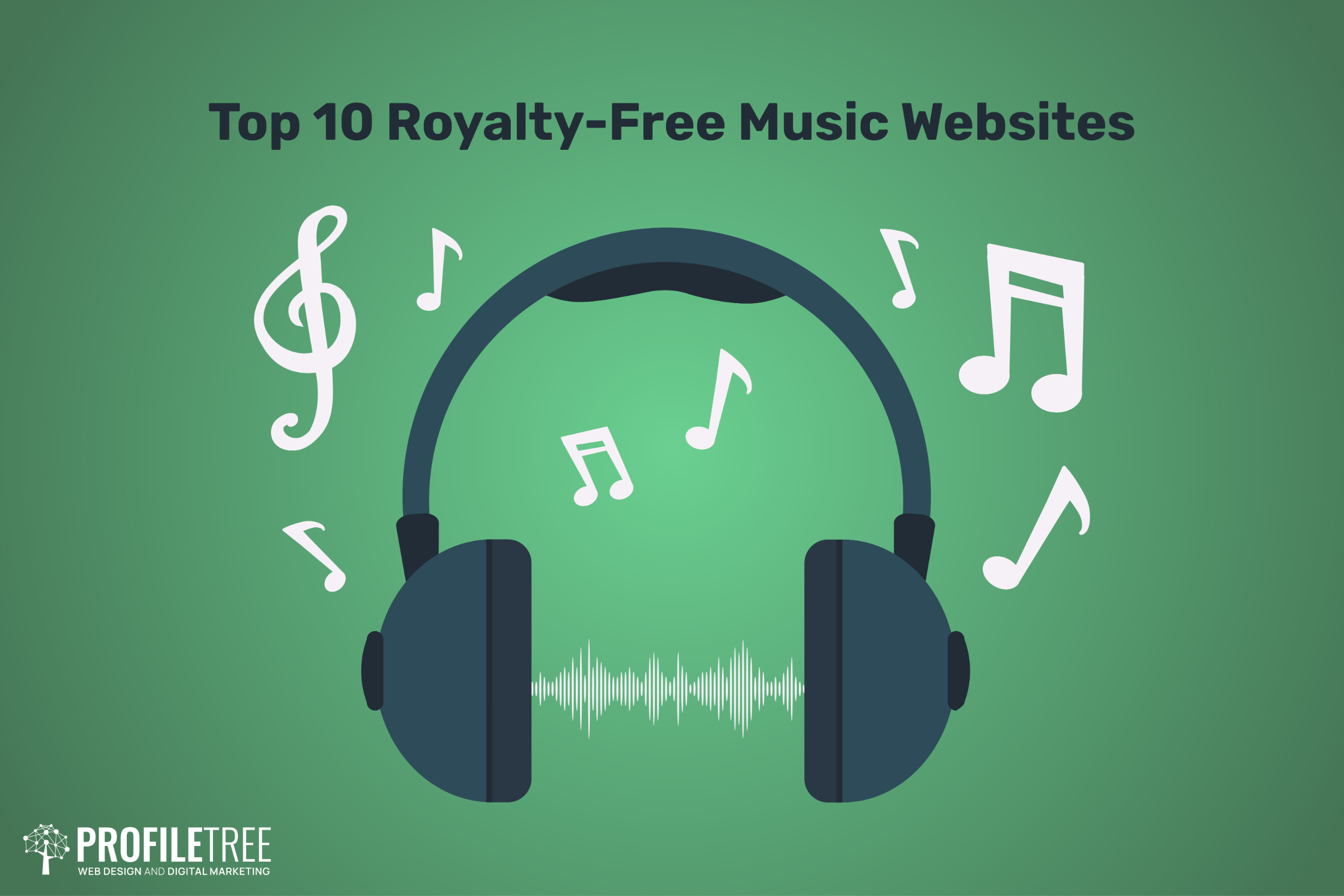
Video Content and SEO: Leveraging Multimedia for Higher Rankings
Table of Contents
Video content has become a dominant force in digital marketing—users spend more time on pages that feature engaging clips, while search engines reward sites that keep visitors engaged longer. In 2024, using well-optimised video can improve dwell time, reduce bounce rates, and even appear in video carousels or rich snippets on Google. Whether you create short product demos, expert interviews, or animated explainers, video can serve as a powerful SEO asset if integrated strategically.
This article explores how video enhances your site’s SEO, from boosting user engagement signals to unlocking YouTube’s discovery potential. We’ll discuss best practices for video hosting, metadata, transcripts, and synergy with textual content—helping you outrank competitors who rely on text-only approaches.
“Video not only enriches user experience but also signals deeper engagement. Search engines see how watchers stay longer, exploring more pages,” observes Ciaran Connolly, Director of ProfileTree.
Video Content and SEO
Video has become a powerful tool for SEO, enhancing engagement, dwell time, and search rankings. Search engines prioritise rich, multimedia content, and videos often appear in featured snippets and SERP results. A well-optimised video can drive more organic traffic, improve user experience, and increase the likelihood of backlinks and social shares. By incorporating video into your content strategy, you can boost visibility, attract a wider audience, and strengthen your overall SEO performance.
Prolonged Dwell Time
Users typically stay on a page longer if there’s a relevant video—time to watch plus potential replays. Extended on-page duration signals to search engines that content is valuable. This lowers bounce rates and can indirectly boost ranking potential.
Enhanced SERP Features
Video-rich snippets or “video carousels” sometimes appear for queries like “how to tie a bow tie.” If your site’s embedded video or YouTube clip is well-optimised, you might occupy prime SERP real estate. This can drastically improve click-through rates.
Link-Worthy Content
A thorough tutorial video or creative brand story often attracts natural links from bloggers or journalists referencing it. People are more inclined to share an engaging video than a purely textual piece.
YouTube as a Secondary Search Engine
YouTube is the world’s second-largest search engine by query volume. Uploading there, with strong metadata, allows cross-promotion—embedding the same video on your site. This synergy broadens brand exposure beyond typical Google SERPs.
Integrating Video on Your Website
Embedding videos on key pages like product pages and blogs boosts engagement and SEO. Optimise titles, descriptions, and transcripts for search visibility. Hosting on platforms like YouTube or Vimeo improves load times while expanding reach. A well-placed video strategy keeps visitors engaged and signals content value to search engines.
Placement Strategy
Decide if videos belong on a dedicated gallery, on product/service pages, or within blog posts. For a product page, a short demonstration helps clarify features. For a blog post, a summarising clip can complement the text. Keep them relevant—irrelevant or autoplay videos may annoy users and inflate bounce rates.
Video Markup and Schema
Using VideoObject schema tells search engines the page features a video, including duration, thumbnail, upload date, and description. This structured data can yield rich snippets (like a thumbnail next to your search result) or help with indexing in Google’s video tab.
Minimising Performance Impact
Videos can slow load times if handled incorrectly. Use lazy loading so the video only loads when the user scrolls near it. If self-hosting, compress or use adaptive streaming. Alternatively, embed from YouTube or Vimeo, though that can lead visitors off-site if not carefully curated.
Transcript or Caption
Posting a transcript below an embedded video offers indexable text for search engines. Deaf or hearing-impaired visitors also benefit. Summaries or bullet points can further contextualise the video’s content for readers who prefer scanning text.
Video SEO on YouTube

Optimising your YouTube videos improves visibility, engagement, and rankings both on YouTube and in Google search. Use keyword-rich titles, compelling descriptions, and relevant tags to enhance discoverability. Custom thumbnails and engaging captions increase click-through rates, while playlists and end screens boost watch time. Encouraging likes, comments, and shares signals strong user engagement, further improving rankings.
Keyword-Rich Titles and Descriptions
Treat your YouTube video like a blog post. Insert relevant keywords in the title, ensuring it’s attention-grabbing. The description can be up to 5,000 characters—use it to summarise key points, add timestamps, relevant links to your site, and hashtags. Avoid clutter or misleading keywords.
Tagging and Categories
YouTube allows multiple tags. Mix broad tags (like “SEO tips”) with specific ones referencing your unique angle (“SEO tips for small business in 2024”). Categories, while broad, help place your video in the correct sphere.
Thumbnails and Click-Through
A custom thumbnail entices clicks. Combine a clear image or brand graphics with minimal text (like “Step-by-Step Guide”). YouTube’s ranking partly depends on click-through rate from search or suggested videos. Engaging thumbnails, relevant to the video, can boost initial visibility.
Watch Time and Engagement
YouTube heavily weighs watch time, retention rate, and engagement (likes, comments). So plan content structure to keep viewers hooked. Intro hooks, clear sections, or bullet point transitions help. Encourage watchers to “like and share,” but keep it genuine.
“A well-optimised video on YouTube can top its internal search plus feed your site’s SEO when embedded. It’s a two-for-one opportunity,” suggests Ciaran Connolly.
Encouraging User Engagement and Social Shares
Boosting engagement and social shares enhances your content’s reach and SEO value. Encourage viewers to like, comment, and share your videos by asking questions, adding calls to action, and responding to comments. Embedding videos on your website, sharing them across social media, and leveraging influencer collaborations can expand visibility. Higher engagement signals to search engines that your content is valuable, improving rankings and organic reach.
Sharing Buttons and CTA
Embed social share buttons near or below videos on your site, prompting visitors to tweet or Facebook-share a snippet. Add a brief CTA in or after the video: “If you found this helpful, share with your network.” Growing organic shares improves brand signals.
Interactive Elements
Tools or scripts can embed quizzes or time-coded calls to action. For instance, 30 seconds into a tutorial, a popup might invite them to download a related PDF or sign up for advanced tips. This approach fosters deeper user interaction.
Video Roundups or Playlists
If you produce multiple videos, create playlists or a “resource hub” page. Cross-link relevant videos to keep watchers on your domain longer. The more pages they explore, the stronger the user engagement metrics.
Content-Worthy Videos: Driving Backlinks and Authority

Creating high-quality, informative videos can significantly boost your website’s authority and backlink profile. When your content provides unique insights, data, or solutions, other websites are more likely to reference and link to it. Tutorials, expert interviews, and industry insights are especially effective at attracting backlinks from authoritative sources. Additionally, embedding videos in blog posts and sharing them across platforms increases their reach, further strengthening your site’s credibility and SEO performance.
Original Research or Case Studies
A video presenting new data or real results from your brand stands out. Press or bloggers referencing your study might embed or link the video. Include a mini-whitepaper or infographic for a robust content package.
Industry Expert Interviews
Interviewing a niche influencer or well-known figure can attract that influencer’s audience. They might embed or link your video from their site. This approach fosters off-page SEO gains plus brand credibility.
Thought Leadership Webinars
Hosting a webinar, then converting the recording into a site-embedded replay can become an evergreen piece. Potentially secure backlinks from event listings, partner pages, or participants. Add a transcript or summary blog post to amplify indexing.
Entertaining Demos or Skits
If your domain is suitable for a comedic or creative angle, a short comedic skit or entertaining brand storyline can go viral. As it circulates, your site reaps brand mentions or direct links to the “behind-the-scenes” or “extended version.”
Technical Video SEO: Schema, Hosting, and Speed
Optimising the technical aspects of video SEO ensures better visibility and performance. Implementing Video Schema Markup helps search engines understand and index your content, increasing the chances of appearing in rich results. Choosing the right hosting option—self-hosting for control or platforms like YouTube for reach—affects load times and bandwidth. Additionally, compressing videos and using a content delivery network (CDN) improves page speed, enhancing user experience and search rankings.
VideoObject Schema (Revisited)
Include markup specifying @type, “name,” “description,” “thumbnailUrl,” “uploadDate,” “duration,” and “contentUrl.” This helps Google parse your video, possibly featuring it in video search or rich results. If you regularly publish videos, maintain an updated video sitemap.
Self-Hosting vs. Third-Party
Pros of self-hosting: brand control, no competitor suggestions after playback, potential direct SEO signals to your domain. Cons: bandwidth costs, potential performance hits if not using a CDN. Meanwhile, third-party (YouTube, Vimeo) handles compression, adaptive streaming, and offers broad user discovery but might lead viewers off your site. Consider a hybrid approach: host on YouTube for external discovery, embed on your site with cross-links.
Page Speed Implications
A large self-hosted video can hamper load times. Use lazy load or deliver a static image placeholder, loading the video only when the user clicks “play.” If using YouTube or Vimeo embed code, consider placeholders to avoid immediate loading of iframes. This ensures your above-the-fold content appears quickly.
Responsive Design for Video
Ensure your video scales properly on mobile or tablets—max-width:100%; height:auto in the embedded container. Avoid partial cut-offs or forcing users to pinch-zoom. This step fosters user-friendly experiences and better mobile SEO.
Leveraging YouTube for Double SEO Impact

YouTube is not just a video platform—it’s the second-largest search engine and a powerful tool for boosting SEO. Optimising your videos with keywords, compelling thumbnails, and detailed descriptions enhances discoverability on YouTube and Google. Embedding YouTube videos on your website increases dwell time and engagement while driving additional traffic from YouTube’s vast audience. By leveraging both platforms, you maximise visibility, improve rankings, and strengthen your overall digital presence.
Channel Optimisation
Brand your channel with consistent art, relevant keywords in the About section, and playlist organisation. If you produce multiple types of content (tutorials, product demos, behind-the-scenes), use separate playlists for clarity. This approach helps users find related videos, extending watch sessions.
Linking Back to Your Site
Within video descriptions, place a short summary plus a hyperlink to relevant pages or blog posts. Use UTM parameters to track traffic. Add an in-video CTA or end screen pointing watchers to your domain or a free resource. This synergy fosters referral visits.
Encouraging Subscriptions and Notifications
If watchers subscribe or turn on notifications, your future uploads get immediate engagement, boosting early watch times—a key factor for YouTube’s recommendation algorithm. Indirectly, your site might see a traffic surge from loyal watchers whenever you mention new content or offers.
YouTube Cards and Annotations
Cards can link to other videos or external sites (with certain eligibility). Time them so watchers naturally flow from an introduction video to a deeper product explainer. Annotations used to exist but were replaced by cards and end screens—use them carefully to not overshadow content.
“A well-optimised YouTube channel can become its own SEO powerhouse, driving brand visibility plus direct site traffic when integrated effectively,” says Ciaran Connolly.
Measuring the Impact of Video SEO
Tracking video performance is essential to understanding its impact on SEO. Use tools like Google Analytics, YouTube Analytics, and Search Console to monitor key metrics such as watch time, engagement, click-through rates, and traffic sources. Pay attention to video rankings in search results and how they influence overall site performance, including dwell time and conversion rates. Regular analysis helps refine your strategy, ensuring your videos continue to drive traffic, engagement, and SEO growth.
Watch Time, Retention, and Engagement
On your site, see if dwell time or bounce rate improved for pages with embedded videos. On YouTube, track average view duration. If watchers drop off at 30 seconds, re-check that segment for a dull introduction or irrelevant content.
Conversions Tied to Video Pages
Set up GA4 events or goals—like “video watch” or “click on post-video CTA.” Compare conversion rates on pages with vs. without video. If a product page with a demonstration sees higher add-to-cart rates, that’s direct evidence of video’s positive effect.
SEO Ranking Changes
After adding or optimising videos, watch your ranking for relevant queries. Some pages might now rank for “video snippet” or appear in a featured video carousel. Tools like SEMrush can reveal if your domain appears in new SERP features post-video integration.
Social Shares or Link Gains
Check if the new video-laden content page has an uptick in social shares or inbound links. Track referral traffic from embed codes if hosted on YouTube. Growth in these off-page signals reaffirms video’s link-friendly nature.
Common Video SEO Pitfalls to Avoid
Many websites miss out on video SEO benefits by neglecting key optimisation factors. Failing to add proper titles, descriptions, and transcripts can limit discoverability, while slow-loading videos due to poor hosting choices can hurt user experience and rankings. Ignoring structured data markup reduces the chances of appearing in rich results, and hosting only on external platforms without embedding on your site may weaken its SEO impact. Avoiding these pitfalls ensures your video content contributes effectively to search visibility and engagement.
Autoplaying with Sound
Many users find auto-play plus loud audio jarring. It can spike bounce rates. Muted auto-play is somewhat more acceptable, but always consider user preference. Provide a prominent pause or volume toggle.
Overlong, Unfocused Clips
Modern attention spans prefer concise, purposeful content. If your tutorial or brand story is 10 minutes but only 3 minutes of real info, watchers might drop off early. Trim fluff, break into chapters, or produce mini-series for simpler consumption.
9.3 Duplicate Video Content
Copying the same video across multiple subdomains or reposting identical YouTube videos under different titles can cause confusion. If your brand uses multiple channels, consider unique angles or edits for each channel. Or at least add context so each post is distinct.
Heavy File Sizes Without Thought
Some sites self-host large HD videos with no compression, severely hindering performance. Always compress or choose adaptive streaming. Evaluate if embedding from a third-party platform is simpler for casual traffic.
Making Video Central to a Winning SEO Strategy
Video content has evolved from a “nice-to-have” to a powerful driver of SEO success. By embedding relevant videos on key pages, you boost dwell time, user satisfaction, and potential for off-page shares or links. Optimising your video with transcripts, schema markup, and fast loading ensures search engines fully understand and reward it. Meanwhile, maintaining a well-branded presence on YouTube can draw additional search traffic from a massive audience.
Ultimately, in 2024, sites that incorporate video to reinforce textual content or demonstrate product features enjoy a competitive advantage—ranking higher for user queries and converting visitors more effectively. Embrace video as a strategic asset, apply best practices in hosting and metadata, and watch your SEO performance climb as watchers engage deeply with your brand’s dynamic storytelling.




